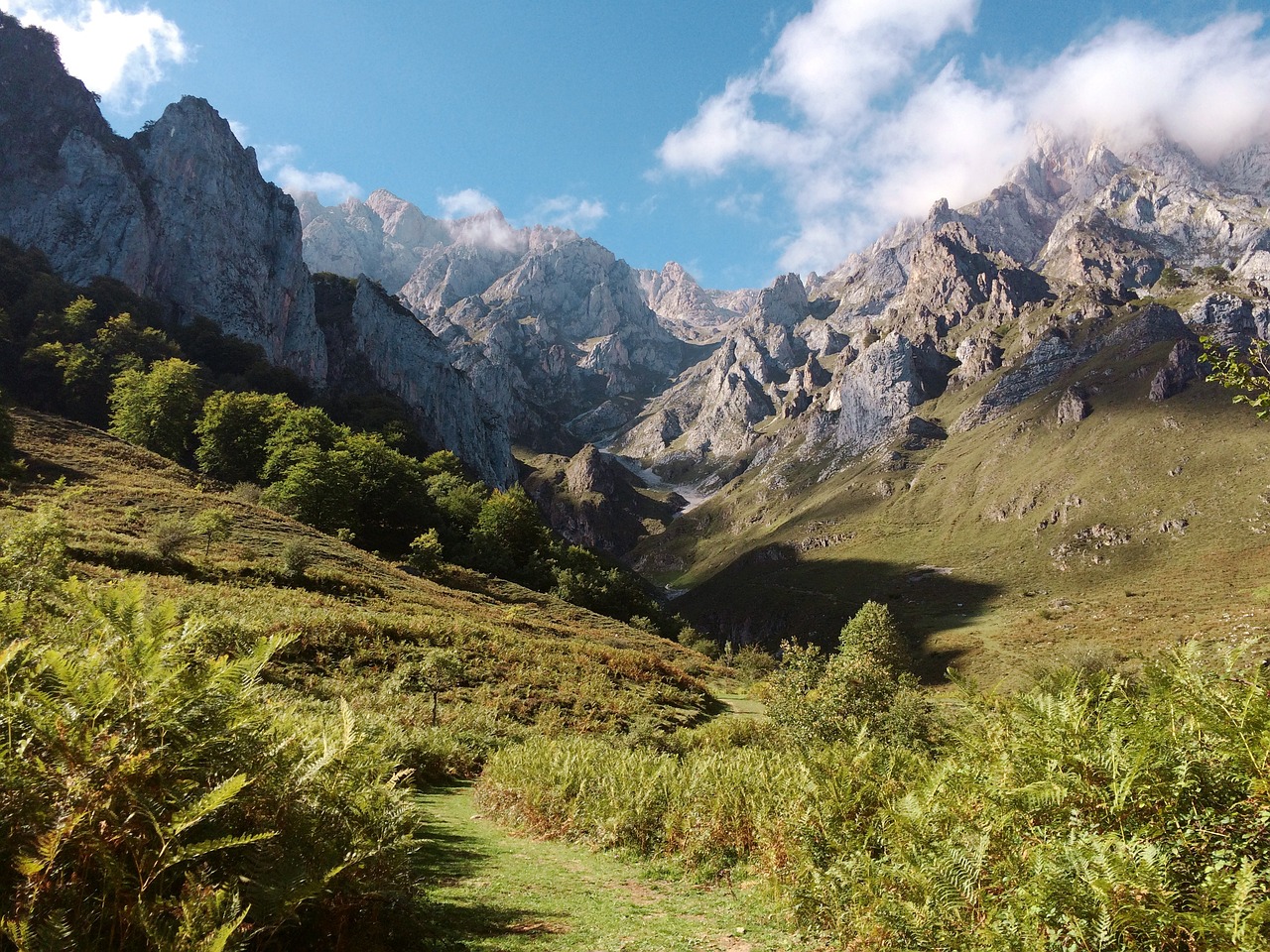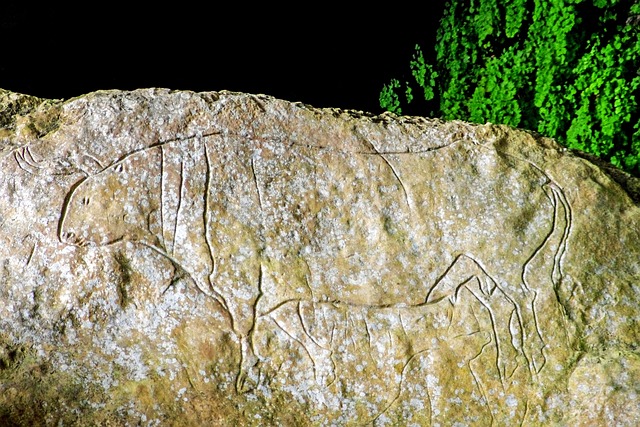【Archaeology】An Annotated WWII Underwater Archaeology Bibliography
With four decades of WWII underwater archaeology publications, the time is nigh to create a comprehensive bibliography and conduct an analysis of tren... [more]
With four decades of WWII underwater archaeology publications, the time is nigh to create a comprehensive bibliography and conduct an analysis of tren... [more]
The majority of Boston's residents are minorities. These minority residents confront the ongoing effects of racism, including the hard histories of e... [more]
This article explores the intersection of the career of Frederic Ward Putnam with the Peabody Museum of American Archaeology and Ethnology at Harvard to the history of U.S. archaeology between his appointment as professor in 1866 and his death in 1915. Pu

Middle Rocky Mountain archaeology is being impeded by provincialism and a preoccupation with the Northwestern Plains fostered by archaeologists failure to clearly distinguish between mountains and plains. Data from the mountains are interpreted in terms o
The authors recount their personal experience of the recent assessment of archaeology teaching in the Untied Kingdom.
Africa is various, writes Kwame Anthony Appiah in defiance of the Eurocentric myth of a unitary and unchanging continent. The politics of archaeology in Africa has been no less marked by variety. Yet, underlying this multiplicity of historical experience
Itt has often been observed that archaeologists are adept at borrowing theory but not very good about building it. Analyses of the uptake by archaeologists of perspectives from a diversity of sources indicate that such borrowings rarely (if ever) lead to
Pragmatism's anti-essentialist emphasis on contingency and plurality and its notion of truth-as-created (not discovered) have important implications for the interpretation of archaeological data, and for the 'public presentation' of archaeological rese
The past, as constructed by the modern power of colonialism and nationalism, has essentialized the ideals of nation-state through the process of homogenizing the polysemous identities of non-Western societies and religions. The power of this imagined past

The paper starts by introducing urban archaeology as Latin American subject. We then oppose Portuguese and Spanish towns as two different approaches to city life. Spanish cities were planned, in Renaissance style, as chequered blocks, while Portuguese one
Archaeology can provide two bodies of information relevant to the understanding of the evolution of human cognition - the timing of developments, and the evolutionary context of these developments. The challenge is methodological. Archaeology must documen
Concerns with spatial dimensions and social inference have long histories in archaeology. However, the two histories are not always conjoined. This article considers changing understandings of space in archaeology in the last half century, and the variabl

Outside the Antipodes, Australian archaeology is best known as an archaeology of the distant Palaeolithic past. However, where communities have been closely involved in developing and undertaking archaeological research programs, the focus of archaeologic
There is a difference between archaeology that involves local communities and archaeology that is commissioned by and for the community. This paper describes the latter within the contemporary Fijian context of political and economic domination by an urba
'Community archaeology' is a relatively new sub-field of research in archaeology that aims to involve local people in the investigation and interpretation of the past. Based on the creation of community archaeology research project in Quseir, Egypt, a g
Community archaeology, understood as a distinctive set of practices within the wider discipline, is a relatively new development. Its most important distinguishing characteristic is the relinquishing of at least partial control of a project to the local c
A life-size bronze statue, of Greek style, has been fortuitously found in Croatian waters, near the small island of Vele Orjule (Northern Adriatic Sea). It features a male athlete of the apoxyomenos type. This paper reports on the first campaign of excava